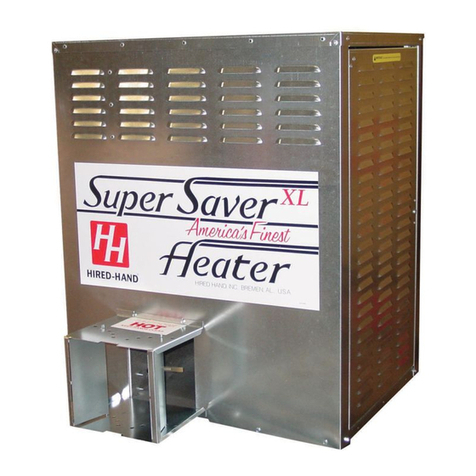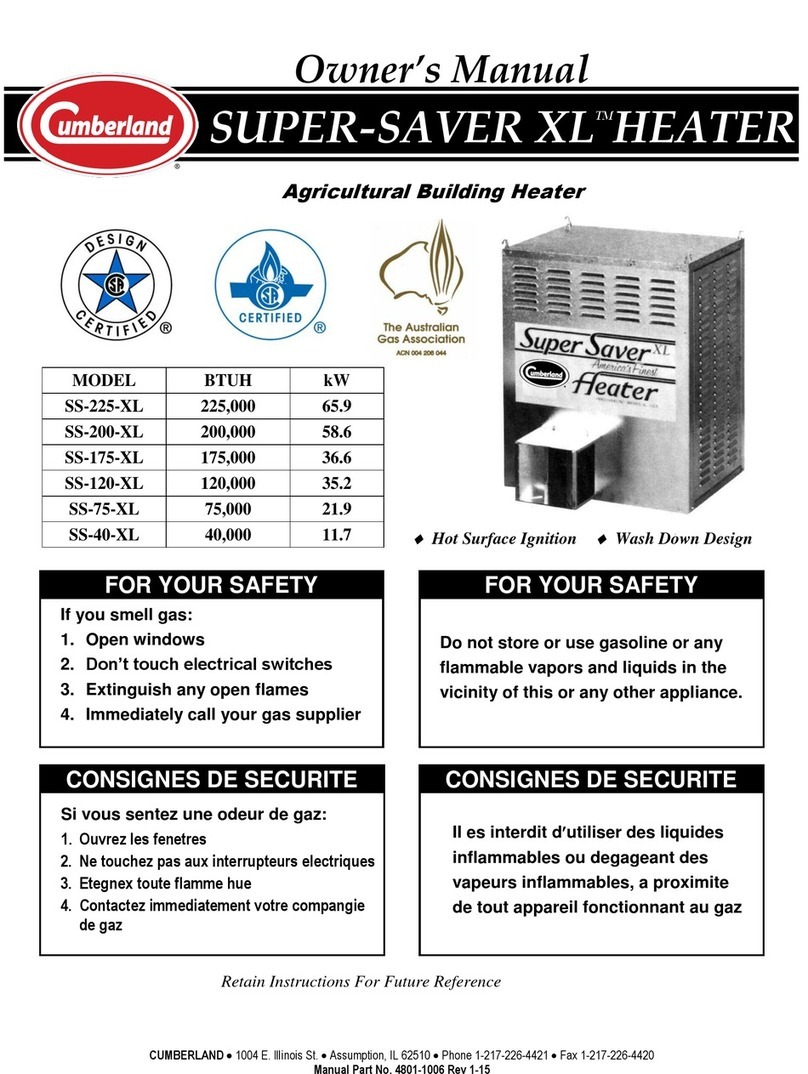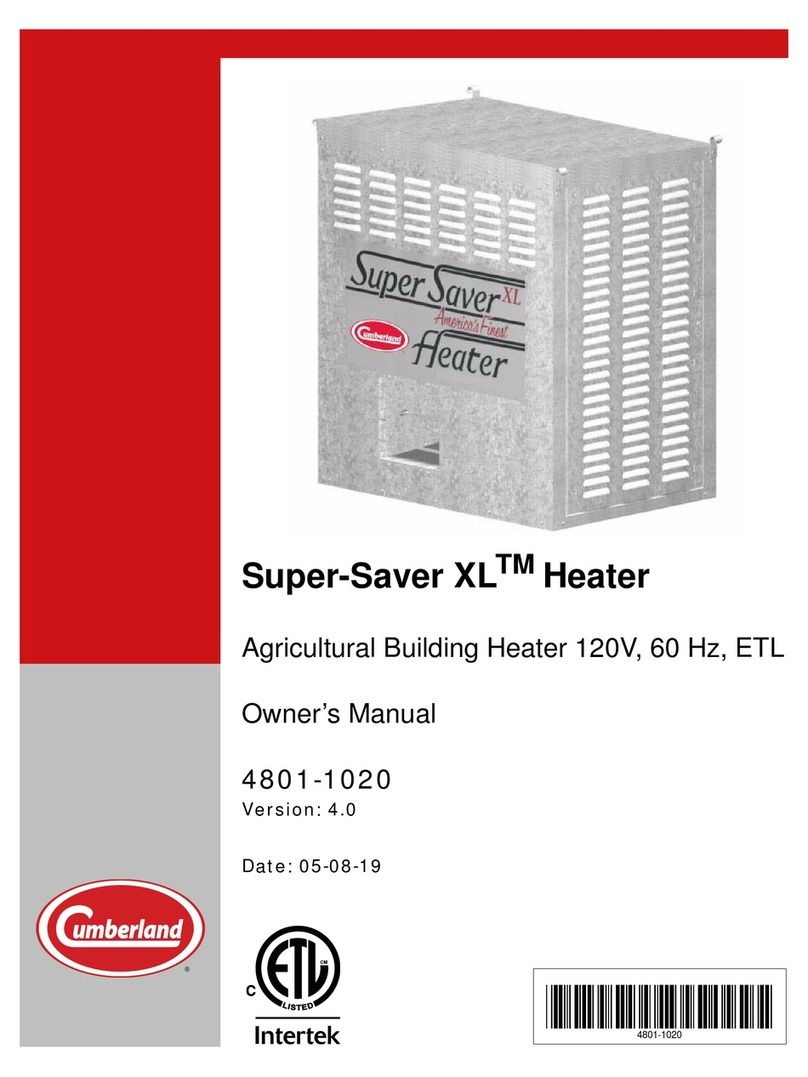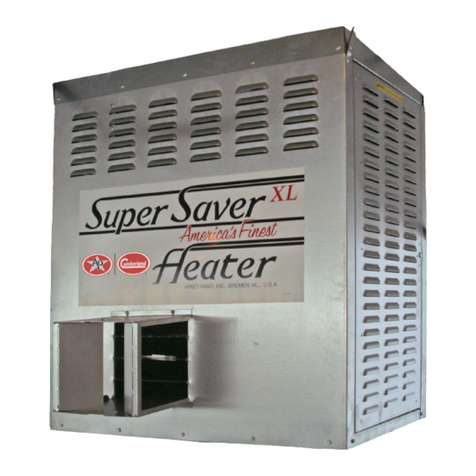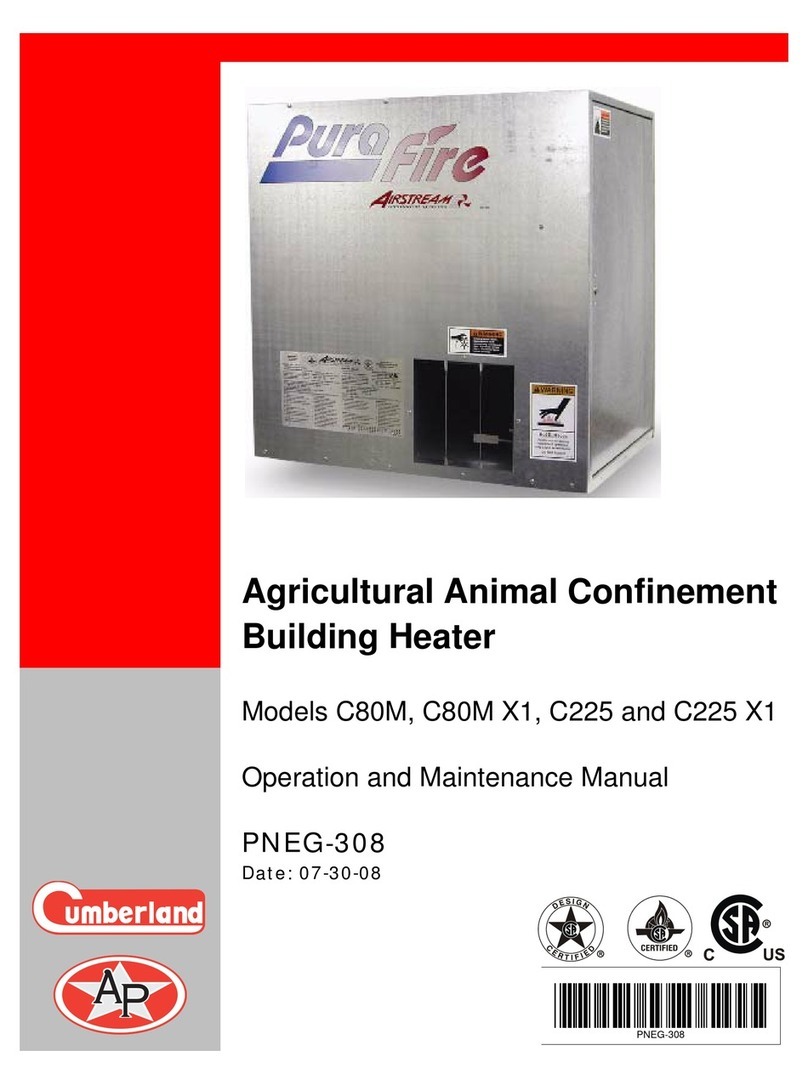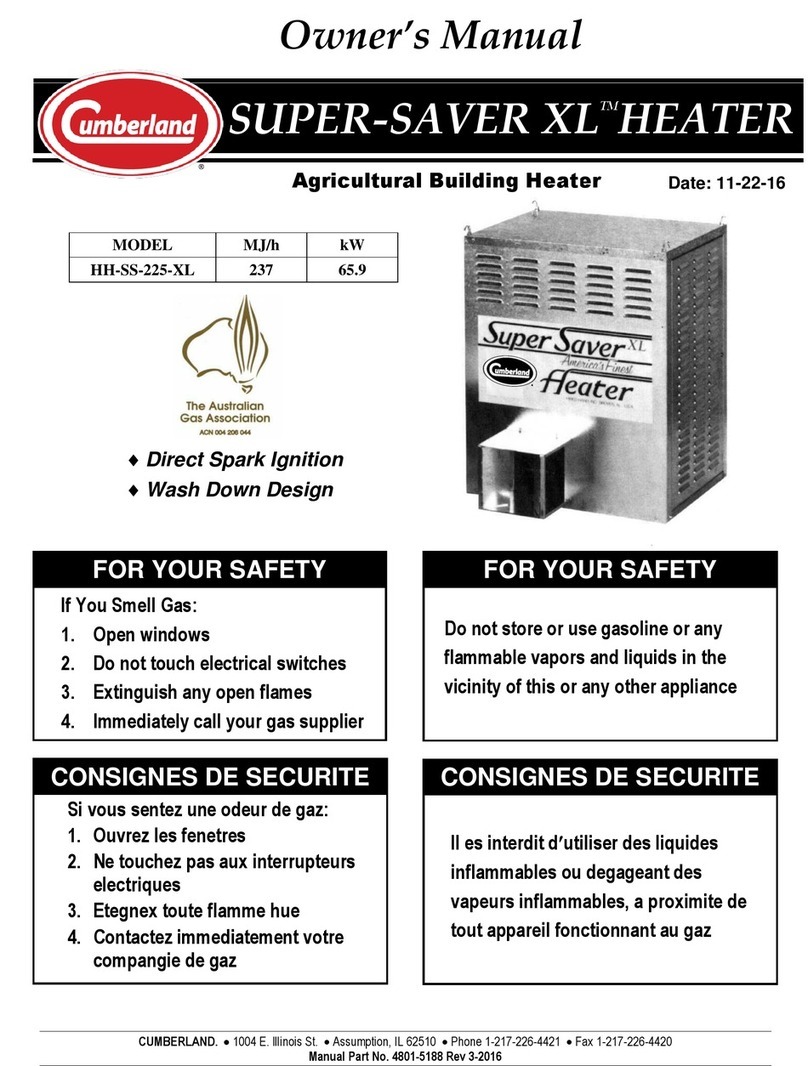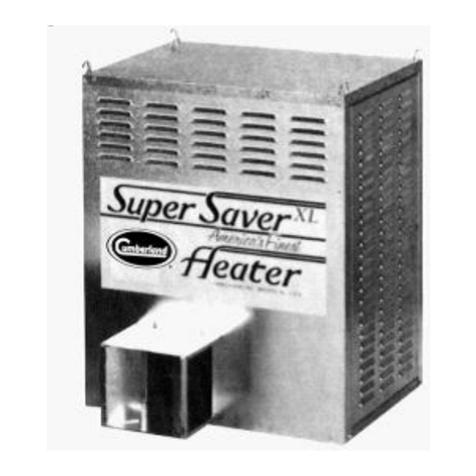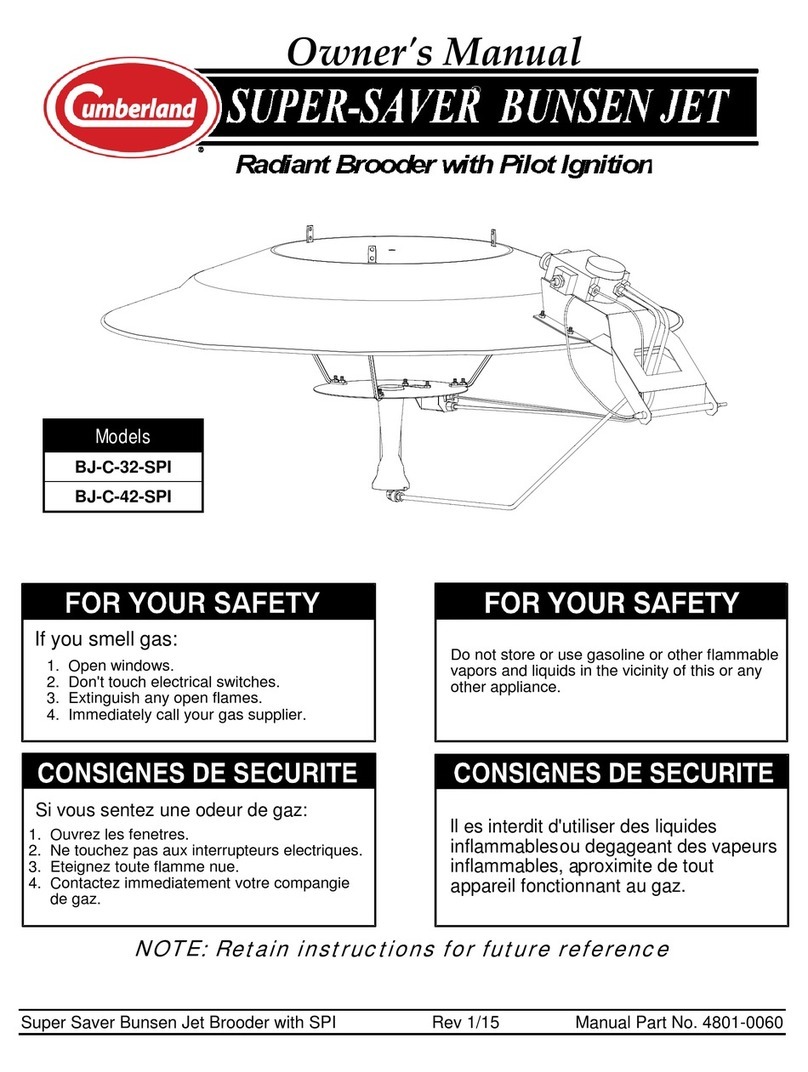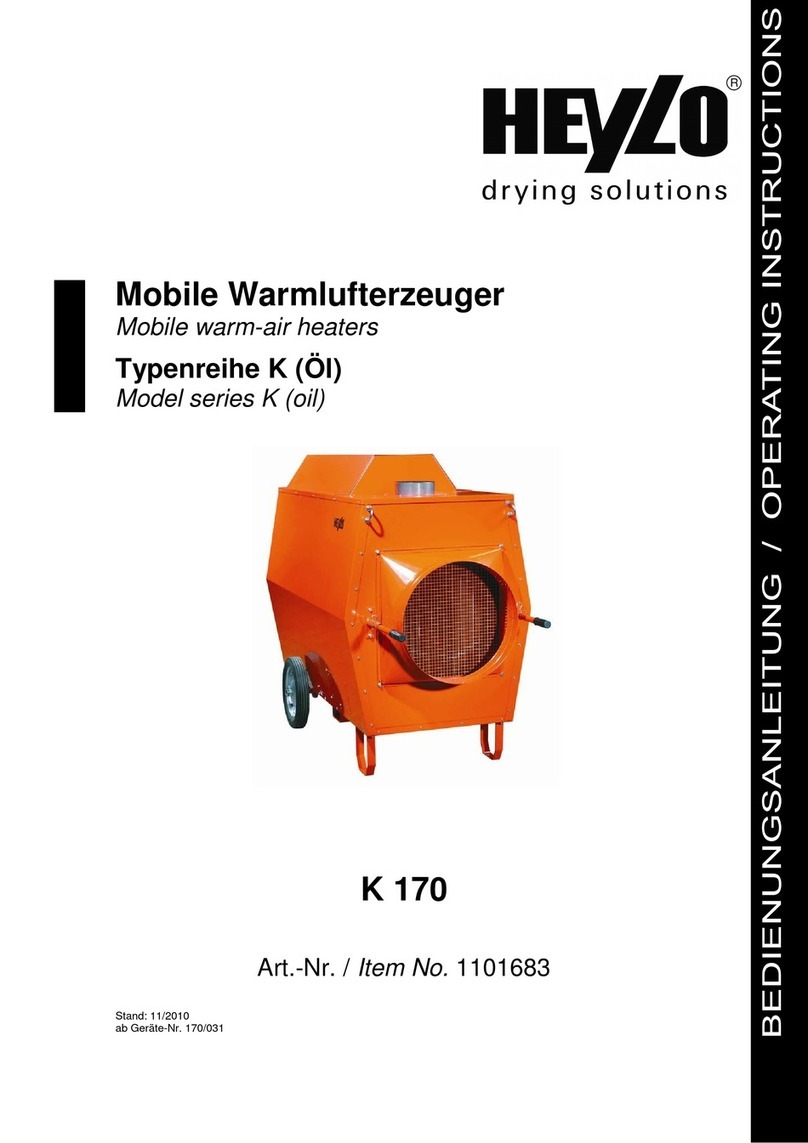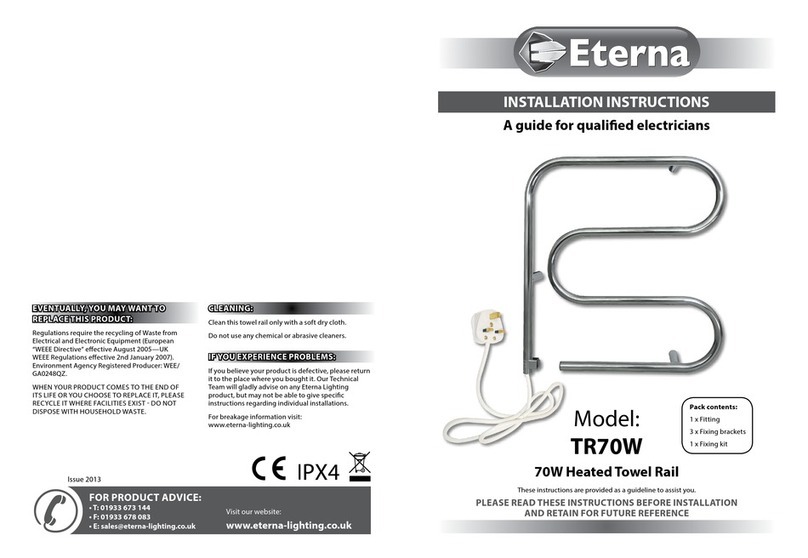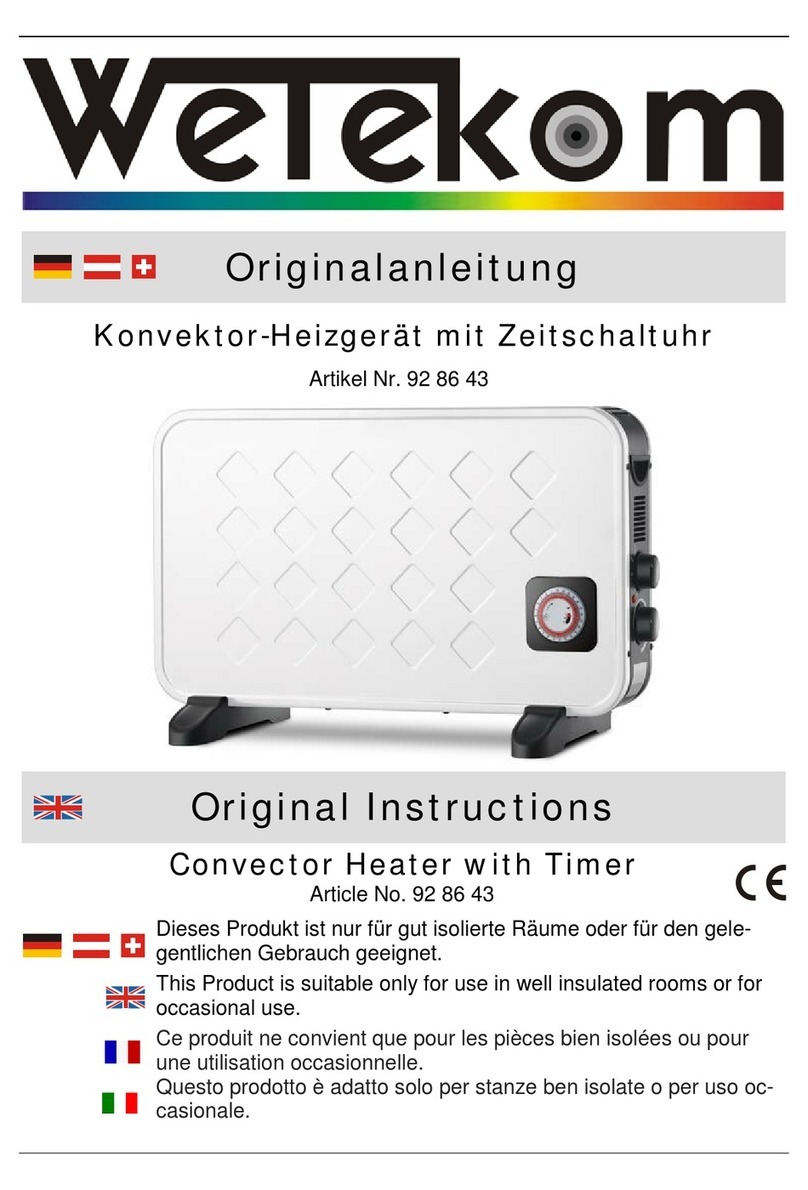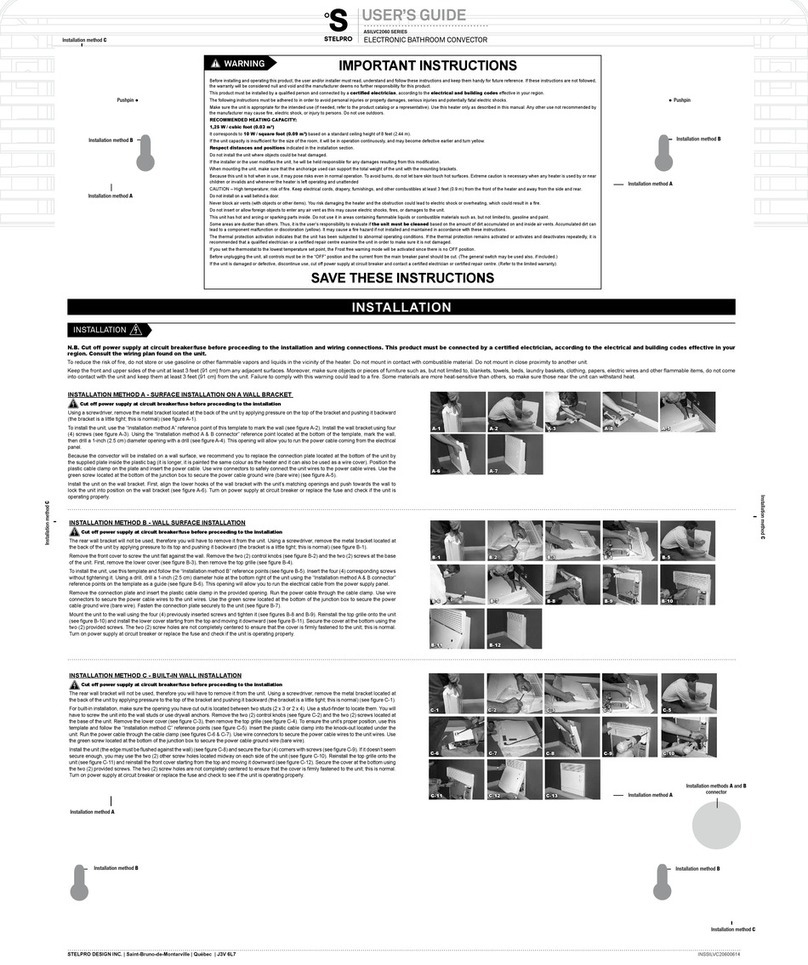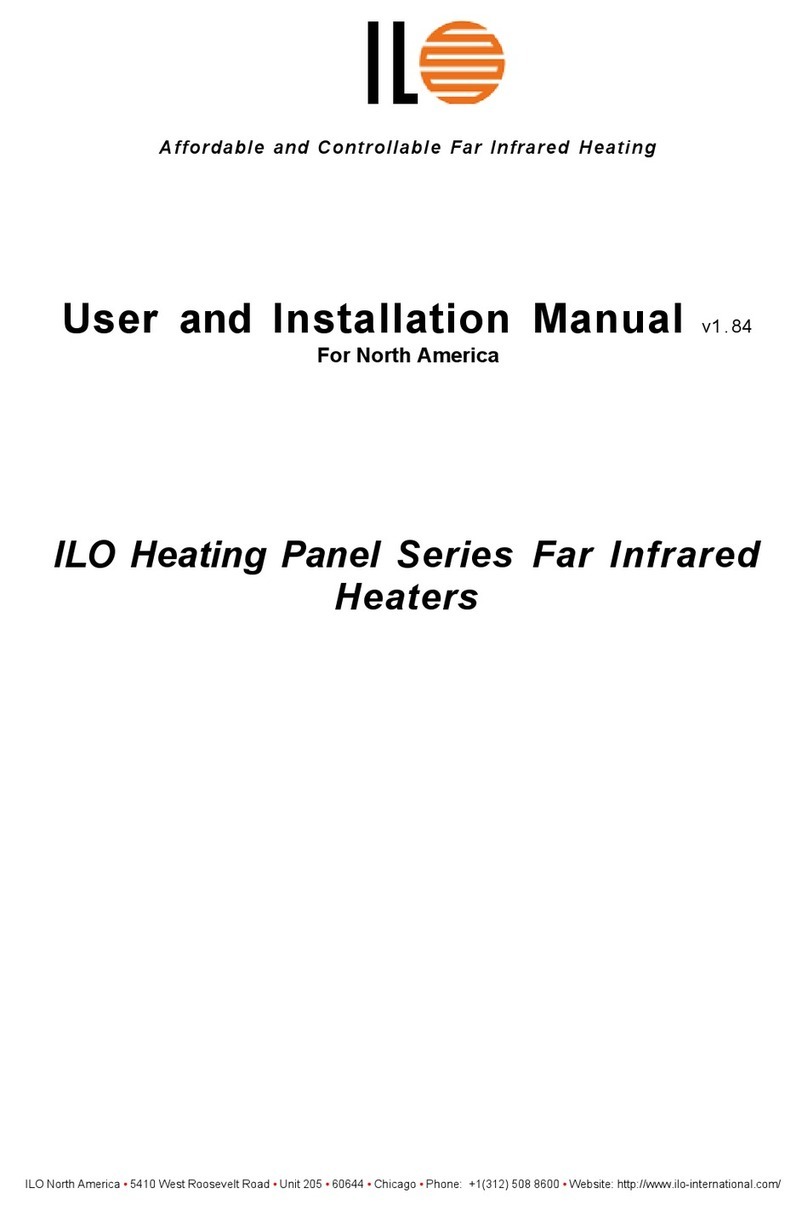
Contents
Chapter 1 Safety Precautions ....................................................................................................................5
Safety Guidelines........................................................................................................................5
Cautionary Symbol Definitions......................................................................................................6
Safety Precautions ......................................................................................................................7
Safety Decals ...........................................................................................................................12
Safety Sign-off Sheet.................................................................................................................14
Chapter 2 Specifications .........................................................................................................................15
VariFlame vapor propane specifications ......................................................................................15
VariFlame natural gas specifications...........................................................................................16
Electrical and environmental specifications .................................................................................16
Timing specifications .................................................................................................................17
Chapter 3 System Overview ....................................................................................................................19
Heater component functions ......................................................................................................19
Burner control module and sequence of operation .......................................................................21
Chapter 4 Installation ..............................................................................................................................23
Installing the air diverter.............................................................................................................23
Installing for recirculating operation (indoor) ................................................................................24
Wiring Diagrams and Schematics ...............................................................................................27
Pipe sizing guidelines ................................................................................................................32
Chapter 5 Startup and Operation .............................................................................................................35
Pre-startup inspections ..............................................................................................................35
Emergency heater shutdown......................................................................................................35
Normal heater shutdown............................................................................................................35
Starting the heater.....................................................................................................................36
Operating the burner .................................................................................................................36
Adjusting the heater output ........................................................................................................37
Chapter 6 Service and Maintenance ........................................................................................................39
Cleaning the heater ...................................................................................................................39
Guidelines for checking gas pressure .........................................................................................39
Checking the valve inlet pressure ...............................................................................................40
Checking the valve output pressure ............................................................................................41
Replacing the motor and fan wheel.............................................................................................42
Replacing the air proving switch .................................................................................................44
Replacing the Temperature High Limit Switch..............................................................................46
Replacing the Flame Probe........................................................................................................47
Replacing the Ignitor..................................................................................................................49
Replacing the control board .......................................................................................................50
Replacing the gas valve.............................................................................................................52
Chapter 7 Troubleshooting......................................................................................................................55
Troubleshooting ........................................................................................................................55
Chapter 8 Parts........................................................................................................................................59
VariFlame Controller Parts .........................................................................................................59
Switch and Probe Parts .............................................................................................................60
Gas Parts .................................................................................................................................61
Motor and Blower Wheel Parts ...................................................................................................62
GSI Group, LLC Limited Warranty ...........................................................................................63
PNEG-2091 VariFlame™ Heater 3
